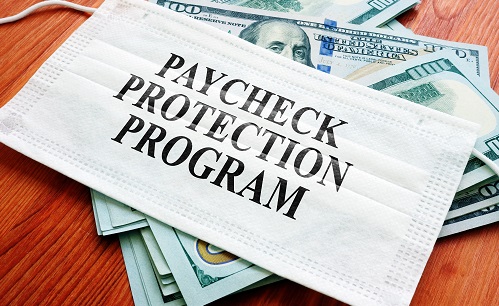Today’s NSCA webinar provided guidance on the recently-passed new COVID relief package and how small- and medium-sized integration businesses can take advantage of it.
“With the signing of a new COVID-19 relief package, a second round of assistance is available for eligible companies,” the NSCA webinar announcement said. “It can be a little tricky, however, to figure out exactly what in the $900 billion, 5,500-plus-page law can potentially help NSCA member companies.”
The Consolidated Appropriations Act, 2021 (H.R. 133) includes a myriad of provisions for small- and medium-sized businesses to consider. The relief package may provide businesses, including eligible integration companies, with valuable benefits, including:
- potential for further PPP loans
- previous recipients of federal COVID-19 aid may receive relief from tax consequences associated with forgiveness of debts incurred
In the webinar, Bronswick Benjamin, a CPA firm on the NSCA Member Advisory Council, detailed potential eligibility for PPP funding, tax implications, and next steps for integration businesses.
The representatives from Bronswick Benjamin said that the original congressional intent was for PPP loan forgiveness to be excluded from taxable income. Initially, the IRS denied tax deductions for qualifying expenses paid with PPP proceeds, but the Consolidations Appropriations act in late 2020 overrode the IRS.
Essentially, assistance isn’t taxable, but it will need to be reported on financial statements as income.
PPP-2
There have been some changes enacted for the second draw of PPP.
“There’s a reduction in gross receipts of at least 25% in any quarter of 2020 compared to the same quarter in 2019, where there was previously no requirement,” the representative said in the presentation.
Other changes include:
- Recipients also must use all PPP1 proceeds on eligible expenses prior to PPP2 funding.
- Requirement of 300 or fewer employees (previously 500)
- $2 million maximum loan (previously $10 million)
- 5-year loan at 1% interest (previously 2-year)
- Expanded eligibility for first draw borrowers
Qualifying expenses
New qualifying expenses under PPP second draw include:
- 60% minimum of payroll (salary & benefits)
- Mortgage interest
- Business rent or lease payments
- Business utility payments
Expanded expenses:
- Covered operating expenditures: payment for business operations software, payroll, HR, sales, etc.
- Covered property damages: damage, vandalism, looting, due to unrest in 2020, deduct expenditures from loan forgiveness
- Covered supplier costs: expenditures from essential suppliers
- Covered worker protection: PPE and other supplies needed to be in compliance with COVID safety operations
Employee retention credit
The NSCA advisors said that there is one more benefit which may be of use to qualifying integration firms: the employee retention credit.
There’s a refundable payroll tax credit which was designed to incentivize employers to retain workers during the pandemic. This can be claimed by filing payroll tax returns, or could receive an advance via Form 7200.
It’s qualifiers include having fully- or partially-suspended operations in any quarter of 2020, or if your business experienced a significant decline in gross receipts (50% vs. 20%).










